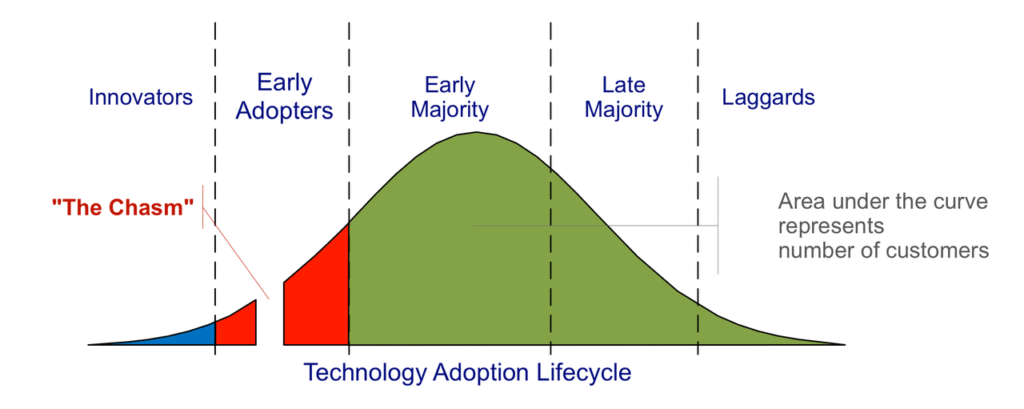
When we start something, we envision progress being consistent and continual. A straight line up and to the right.
But that’s not what happens.
The reality is our efforts will have periods of highly productive progress, but also times when it’s a slog and it’s hard to push through. The worst moments are when we have no traction. It seems like no matter what we do, we don’t go forward. The wheels just spin and sink deeper and deeper into the muck.
We’re stuck.
The good news is there are ways to get unstuck.
In their book UNSTUCK, Keith Yamashita and Sandra Spataro share what leaders do in order to start moving their organization forward again.
- They diagnose why they’re stuck
- They are systems thinkers (not just fixing symptoms)
- They get wildly innovative and intensely tactical about activating different parts of their organization’s system
On his Accidental Creative website, Todd Henry adds areas where he sees individuals get stuck. He describes four areas of a growth cycle (Discovery, Emulation, Divergence and Crisis). Henry points out that most people get stuck in the emulation (emulating other people’s success) and crisis phases (your unique ideas are now commonplace).
In truth, Emulation phase can be very comfortable… You must choose between staying in a place of relative comfort and safety, and beginning to make bold, unique decisions with your work.
…
Many people wallow in Crisis phase, because they are afraid of trying something new.They feel that failure would be a stain on their reputation, so they would rather stay in a place of relative predictability.
This is similar to Geoffrey Moore’s observations regarding Crossing the Chasm.

Image courtesy WikiCommons
Moore popularized the generally accepted lifecycle for technology adoption. He identified that the most difficult area to navigate was moving from adoption by innovators and very early adopters, to the larger mass of early adopters and the early majority.
If we apply this same model to ideas and innovation, we see it may be easy to get innovative and open-minded individuals to jump on an idea. The harder part is getting buy-in and engagement from the majority. Notice that later in the lifecycle, we don’t see another chasm. That’s because natural momentum can work for us… then against us.
Toward the end of the lifecycle, we reach the crisis phase Todd Henry identified. Now we feel stuck because we realize we need to abandon the curve and return to our innovators. This is difficult because we encounter resistance (internal and external) to move away from something that worked, but innovators want something new.
This is why leadership skills are so important. In these times, true leaders have to overcome their own fears to challenge their existing models and embrace new ones. They also need to clearly communicate this to others in the organization and persuade them that the new idea/model/approach is worth the effort.
Questions to consider if you’re feeling stuck:
Where in the lifecycle are you stuck?
What existing thinking do you need to abandon?
What new ideas do you need to embrace?
As you “cross the chasm,” how will you bring others with you?
